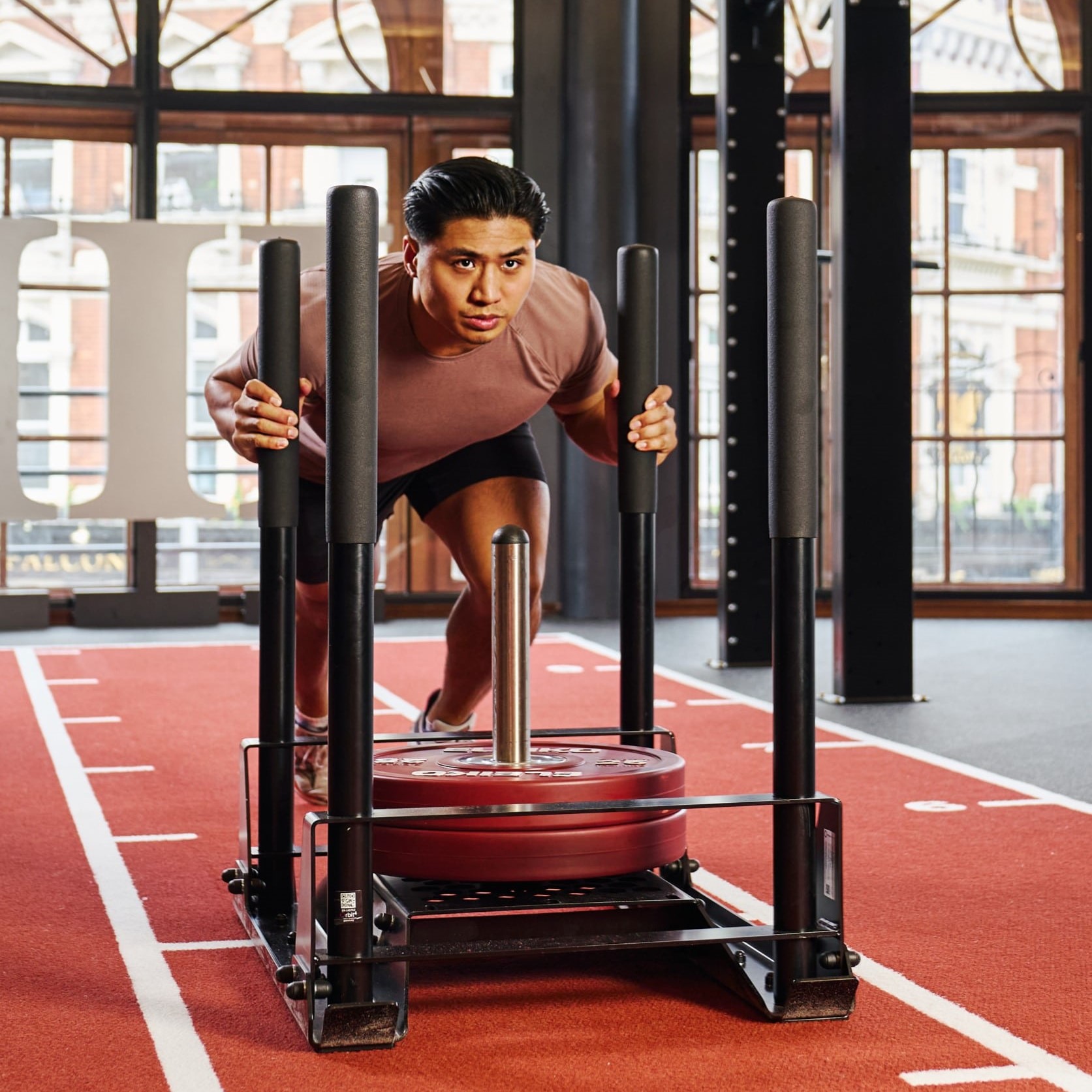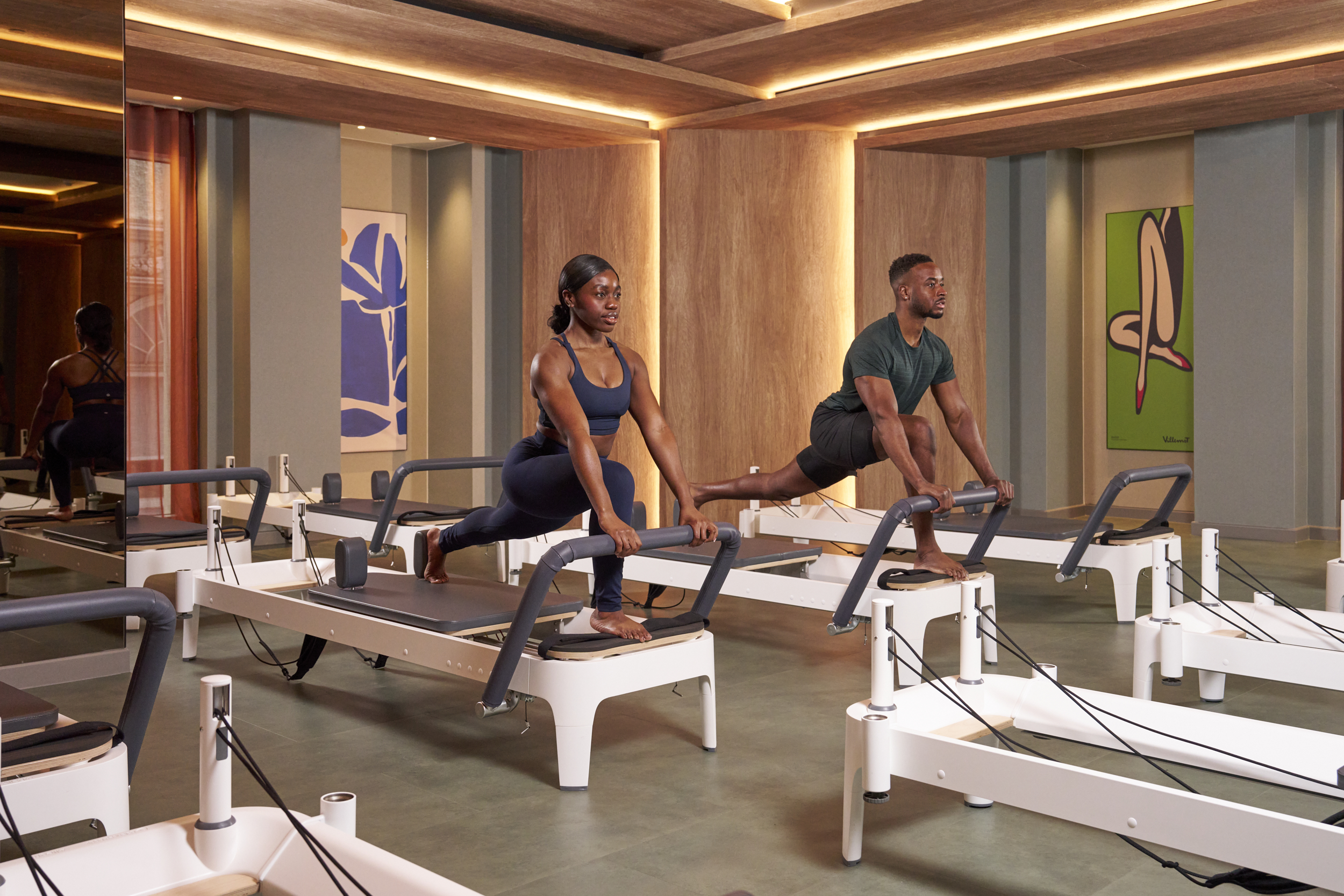- Linkedin Share
- Twitter Tweet
- Email Share
- Copy link Copy link Copied to clipboard
When it comes to treating injuries or easing muscle pain, the age-old debate between heat and cold therapy continues to spark discussion. Both methods are widely used, but each serves a different purpose in recovery and pain management. So, which one is best for you?
The Chill Factor
Cold therapy, also known as cryotherapy, involves applying ice packs, cold compresses, or even ice baths to injured areas. It’s particularly effective in the acute stages of injury—think the first 24 to 72 hours. The cold reduces blood flow to the area, which helps minimise swelling and inflammation. According to a review published in The Journal of Physiology, cold water immersion could benefit athletes when they need to recover quickly.
Cryotherapy is also gaining traction beyond injury treatment. A 2017 study published in Frontiers of Physiology found that cryotherapy, where the body is exposed to extremely cold temperatures for short periods, can reduce “inflammatory conditions that could affect an athlete.”
Heating It Up
On the other hand, heat therapy works by increasing blood flow to the affected area, promoting relaxation and helping to loosen tight muscles. Moist heat packs, heating pads, and warm baths are common forms of this therapy. Heat is particularly effective for chronic conditions, such as arthritis or recurring muscle pain, where it helps soothe and relax muscles.
A 2023 study showed that heat therapy, when applied before physical activity, could reduce muscle stiffness and improve flexibility by up to 5%. This makes it ideal for individuals preparing for a workout or dealing with chronic muscle tightness.
The choice between heat and cold therapy largely depends on the nature of your injury or discomfort. If you’re dealing with a fresh injury—like a sprain or strain—cold therapy is your best bet. It will help reduce swelling and numb the area, providing immediate relief.
For chronic pain or stiffness, heat therapy is more appropriate. It’s perfect for easing tight muscles, increasing mobility, and providing comfort during long-term pain management.
Interestingly, some experts recommend a combination of both therapies. Known as contrast therapy, alternating between heat and cold can stimulate blood flow and reduce inflammation simultaneously, offering the best of both worlds.
Whether you’re a weekend warrior nursing a sprained ankle or someone dealing with chronic back pain, understanding when to use heat or cold therapy—or a mix of both—can be key to a faster, more effective recovery.




